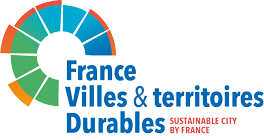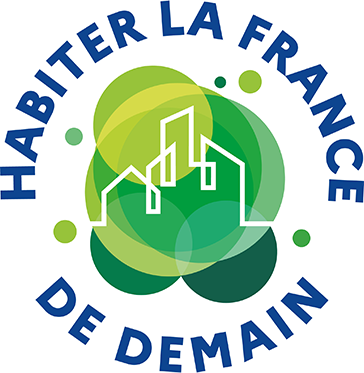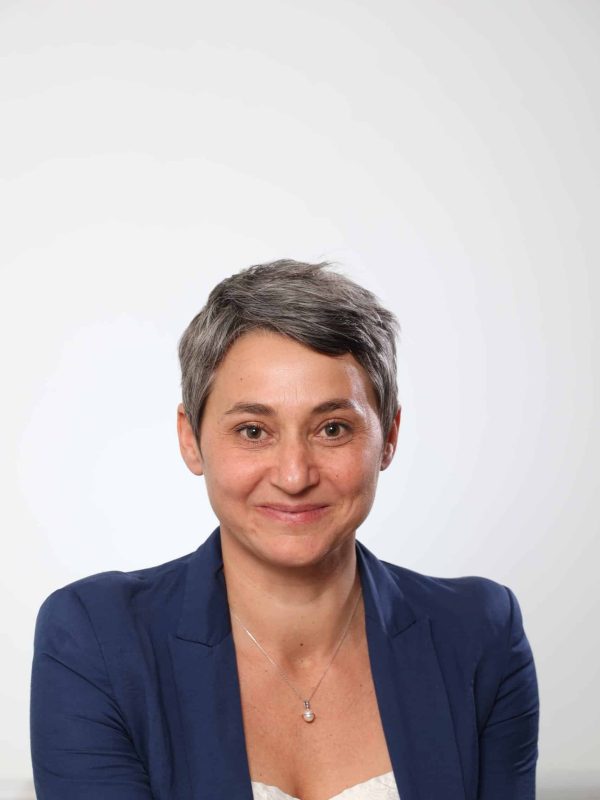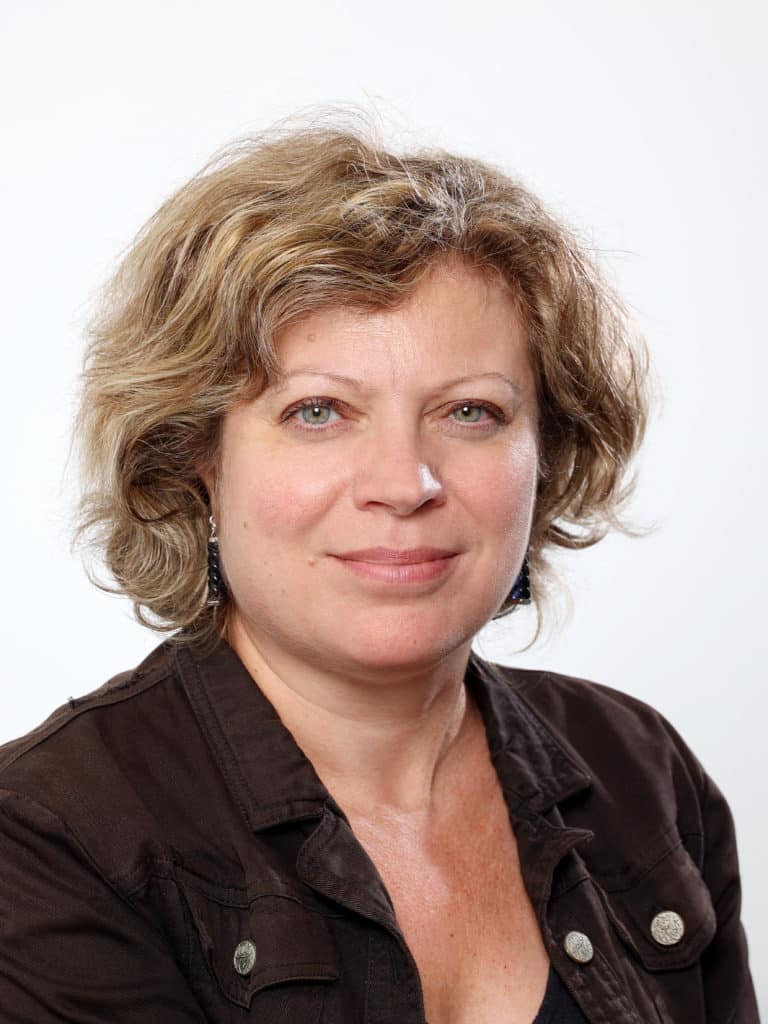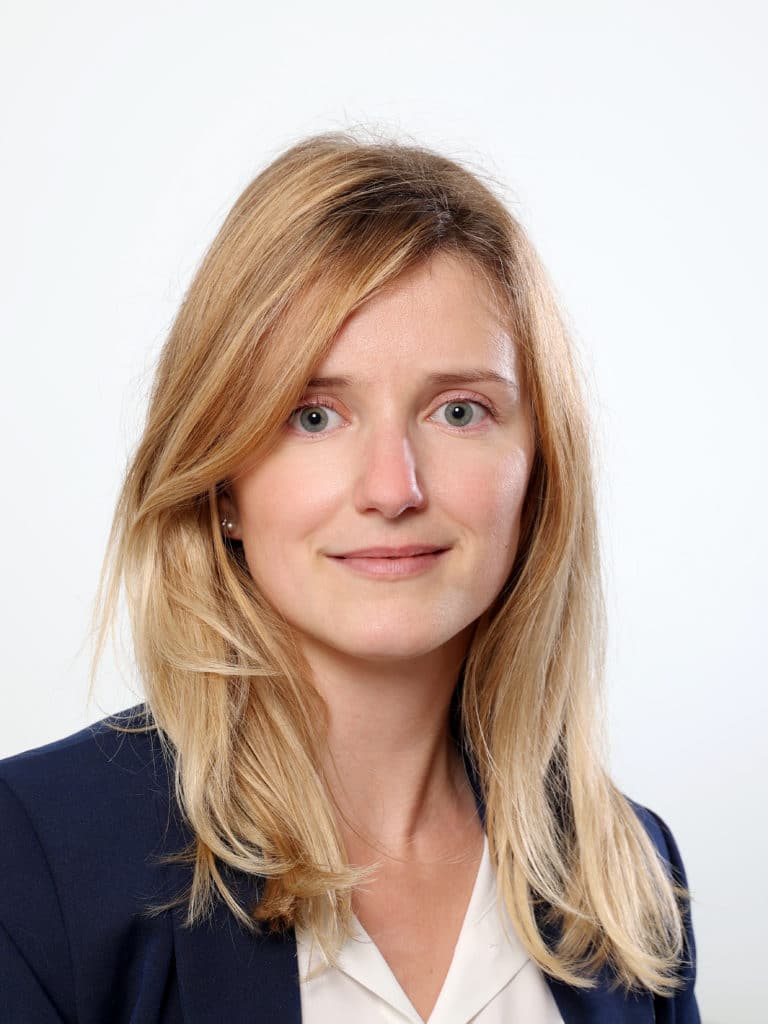Docks of Ris in Ris-Orangis
A project proposed by French Minitry of Ecological Transition

Contributor
thomas.zamansky@developpement-durable.gouv.fr
Description
Developped by Grand Paris Aménagement, the "Docks of Ris" project is based on the reconversion of an 18-hectare sector of industrial wasteland, mostly owned by the State, in the north of the town of Ris-Orangis and close to an RER station (Regional express network, line D). It is planned to build 1,000 dwellings, with a certain diversity allowing for real residential development within the municipality and a built density of around 100 dwellings per hectare. On the edge of the Seine, the project contributes to the enhancement of biodiversity through a real green network and the development of an 8-hectare park in a wooded area, including a lake.
- Rénovation / Réhabilitation
- Construction
- Natural and aquatic environments, biodiversity
- Economy of service functionality
- Large water cycle
- Energy
- Strengthening of social links and of solidarity
- District
Factsheet
- > 20,000 < 100,000 inhabitants
Distinction
Project evaluation*
based on contributor declaration
Criterion 1: SUFFICIENCY
The specificity of the site is to integrate nature into the heart of a neighbourhood of 900 dwellings that promote a social and generational mix of former industrial wastelands, by reusing the built heritage.
Limiting the production of waste and the use of non-renewable resources are also objectives supported by the project, and in particular by its construction. The environmental specifications booklet includes all the commitments made by the stakeholders involved to meet these objectives.
The buildings constructed meet the requirements of the “low consumption building” (BBC) label, enabling users to control their energy bills.
70% of the heating and hot water needs are covered by renewable energy thanks to a heating network based on geothermal and biomass resources.
The project preserves water resources through appropriate management of rainwater, thanks to an alternative system of collection, retention and infiltration into natural spaces. This system makes it possible to aim for “zero discharge”.
The sustainability of the approach is based on the creation of numerous means of communication, conveying the “good practices” to the population. A partnership with leading schools and the ongoing training of all the project’s actors have made it possible to disseminate the project’s ideas on sustainable development.
Criterion 2: INCLUSION
The involvement of residents remains central to the implementation of various means of consultation and communication (information space, website, municipal magazine, thematic workshop, etc.).
The strengthening of the social link between the inhabitants of the district is based on the creation of a cultural center and the search for social diversity within the housing stock.
The project is based on a functional mix that is perfectly consistent with the dimensions of the Eco-neighborhood. This mix is based on a balance between housing, economic activities, shops, cultural facilities and green spaces. The privileged location of the site offers an undeniable contribution in terms of transport. The project is served by various forms of public transport (RER and SNCF stations, buses), and favors the development of alternative means of transport such as pedibuses, bicycle racks, and soft modes of transport, which encourage commuting. Territorial development also benefits from the project’s openness to the surrounding area, and from the search for openings on different scales: on the municipal scale (link with neighboring districts) and on the departmental scale with the presence of the green corridor.
900 dwellings (67,500 m² floor area), of which 15% will be subsidized rental housing and 15% social housing.
The intergenerational link is also sought within the project through the creation of a residence adapted to the elderly. Finally, the work on the neighborhood’s atmosphere is carried out by seeking to open up the neighborhood to the surrounding areas, highlighting the natural and architectural heritage assets, and by working on the layout of the buildings in order to provide optimum light, reduce nuisance and offer a quality living environment.
Finally, the desire to reduce the use of cars within the project (promotion of alternative modes of transport, reduction of the car park, etc.) offers a qualitative contribution to the living environment proposed for future residents.
A resident’s testimony: “Mr Durand, a resident of the Docks de Ris district, is enjoying the first rays of sunshine while having lunch on the terrace with a view of the Docks lake and its green setting, classified as a sensitive natural area. With a bit of luck, he will see the grey heron diving, a species that frequents the lake. Then, taking the “garden paths”, he will cycle safely to the new nursery and the neighboring school to drop off his children. He then continues his journey to the Val de Ris RER station to reach his office in the heart of Paris in less than 35 minutes. As for his wife, she takes the 407 bus, which gives her access to the center of Evry and its facilities (university, prefecture, court, regional shopping center, etc.) in less than 15 minutes. After lunch, she enjoys a relaxing walk along the banks of the Seine, imagining one day being able to swim in the existing river swimming pool. In the early evening, the whole family meets in one of the cultural spaces located in a rehabilitated building. They reminisce about the industrial past of the area with some of the tenants of the senior citizens’ residence built in the neighborhood, before going to see an exhibition of contemporary art created by one of the artists whose studio is located in the Tour Brûlée, which was rehabilitated during the development. Back in their flat, Mr and Mrs Durand are pleased to note that their heating bill has not increased despite the regular increases in the price of electricity and gas. In addition, more than 80% of their heating and hot water production comes from renewable energy sources. When they go to bed, they are delighted with the comfort provided by their low-temperature underfloor heating.
Criterion 3: RESILIENCE
– Pollution of the site due to the former industrial activity
– Geothermal energy
– Flooding risk due to the proximity of the Seine
The preliminary study work carried out upstream of the project approach provided input for the project, thanks to feasibility studies on housing, school facilities, the energy issue (environmental analysis of energy), etc.
Criterion 4: CREATIVITY
Maintaining, extending and hosting economic, commercial and cultural activities. Residences and workshops for artists, creative spaces, and broadcasting facilities will make up the future cultural facility installed in the rehabilitated industrial buildings.
– 6,500 m² of economic and commercial activities
– 7,300 m² of public facilities
– A 36-bed nursery
– 4 new nursery classes and 9 elementary classes
The decision-making and governance process of the project is a major strength of the future Ris-Orangis Eco-neighborhood. Indeed, the project has been entrusted to the Paris Region Land and Technical Agency for its development. The latter has surrounded itself with a multi-disciplinary team, including in particular a general project management assistance on sustainable development.
Criterion 5: POTENTIAL OF REPLICABILITY
The system is currently being deployed throughout France (metropolitan France and the overseas departments). To date, 54 solidarity land organisations (SLO) have been approved and nearly a 100 a real solidarity lease (RSL) housing units delivered (Lille, Espelette, Kremlin-Bicêtre, etc.). This dynamic is intended to grow and, by 2024, it is projected that, based on the programs identified with the SLOs approved by the Regional Directorate for the Environment, Planning and Housing (the DREAL in French), approximately 20,000 housing units will be in SLO.
